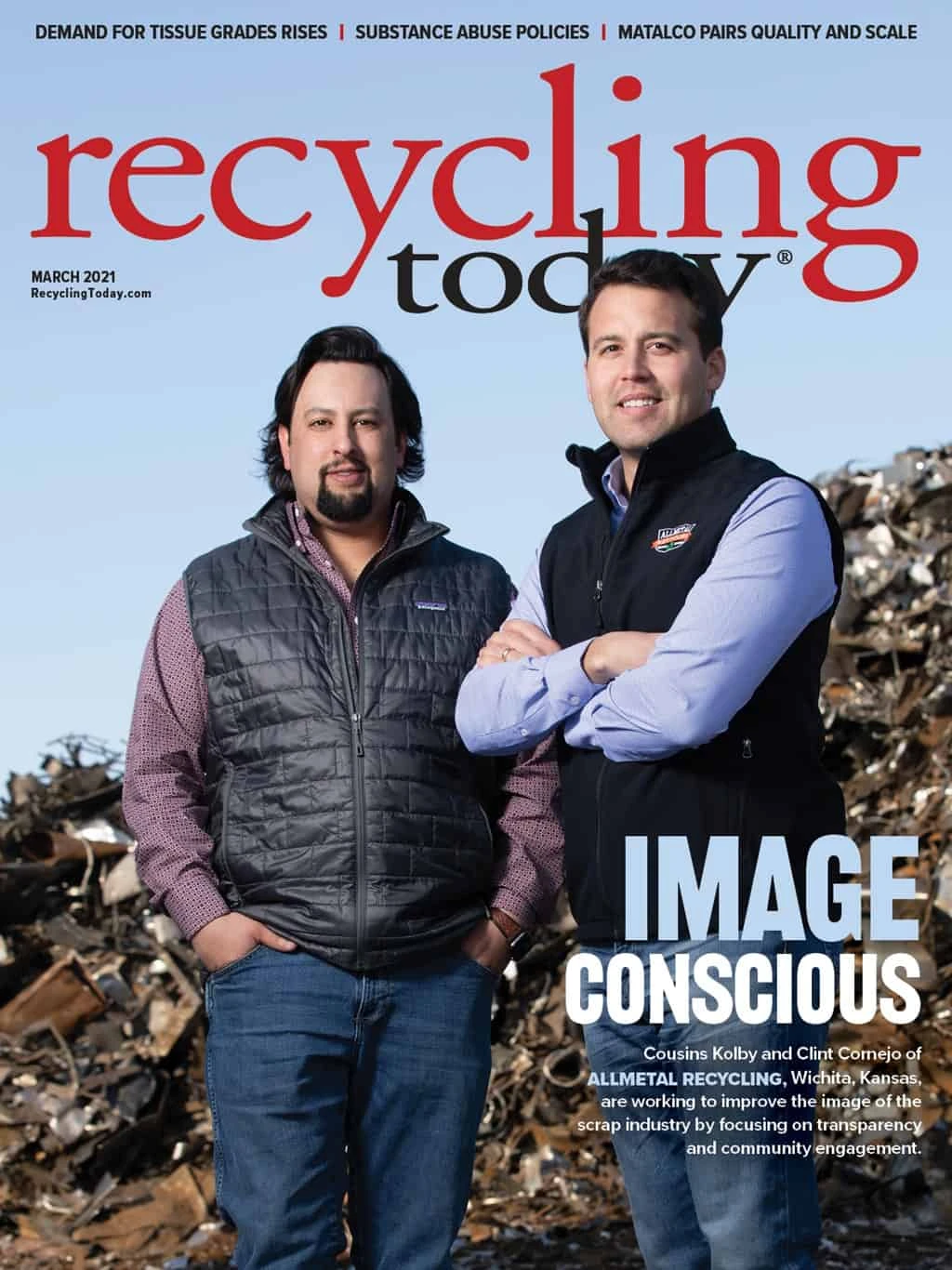Pricing for natural and mixed-color high-density polyethylene (HDPE) has been increasing to the point where it could test the limits of some buyers, sources say.
Ajit Perera, vice president of postconsumer operations at Talco Plastics Inc., a reprocessor and compounder based in Corona, California, says the rising price of mixed-color HDPE could test demand from some consumers that tend to buy recycled material because of the cost advantage it offers to virgin. “The haggling will happen next month,” he says in mid-February, referring to manufacturers of nursery pots and similar items that are not as committed to using recycled content as other companies are.
Perera says natural HDPE bottle bales are selling for 60 to 65 cents per pound in California in mid-February, while the material is priced closer to 75 cents per pound on the East Coast where the competition is fiercer.
“In some cases, depending on the distance to a buyer and load weight, the increased sales price for materials has not kept up with transportation cost increases.” – a MRF operator based in the Midwest
Mixed-color HDPE bottle bales are selling for 12 to 14 cents per pound in California as of mid-February, a modest increase from the 11 to 13 cents they sold for the previous month, he adds. Prices for mixed-color HDPE bales on the East Coast are higher, Perera says, having reached the mid-20-cent range in mid-February. East Coast mixed-color HDPE bale prices had been in the low-20-cent range since December.
Perera says he anticipates pricing will continue to increase for HDPE bales, particularly as demand from the pipe and automotive sectors grows.
A contact with a Midwest-based material recovery facility (MRF) that processes residential and commercial material says generation has been steady from both sectors. “Normal seasonal variations appear to track historical trends,” he says, citing lower production of polyethylene terephthalate (PET) bottles and HDPE dairy bottles.
He says pricing for polypropylene (PP) and HDPE bales is trending upward. “PP is hot, with pricing moving up from $140 per ton in early January to over $500 per ton currently. Natural dairy bottles are over $1,500 per ton.”
The MRF operator also says PET pricing is beginning to increase in anticipation of summer demand. He describes scrap demand as solid, though some grades, including natural HDPE, are testing the limits on pricing.

The MRF operator says, “Color HDPE, LDPE (low-density polyethylene), PP, ABS (acrylonitrile butadiene styrene), HIPS (high-impact polystyrene), PC (polycarbonate) and PET are all moving well with increasing pricing.”
Both men point to challenges with transportation.
“There’s been a driver shortage due to COVID issues for almost 10 months, and prices for domestic shipments have increased significantly,” the MRF operator says. “In some cases, depending on the distance to a buyer and load weight, the increased sales price for materials has not kept up with transportation cost increases.”
He adds, “The price of material is increasing quick enough that an order taken now, but delayed two weeks or more for shipping, may not be competitive.”
Perera predicts that trucking issues will continue after the pandemic ends. He says Talco Plastics is itemizing shipping costs and discounting its recycled material where possible. “We are doing what we can to mitigate the cost to the customer.”

Explore the March 2021 Issue
Check out more from this issue and find your next story to read.
Latest from Recycling Today
- BMW Group, Encory launch 'direct recycling’ of batteries
- Loom Carbon, RTI International partner to scale textile recycling technology
- Goodwill Industries of West Michigan, American Glass Mosaics partner to divert glass from landfill
- CARI forms federal advocacy partnership
- Monthly packaging papers shipments down in November
- STEEL Act aims to enhance trade enforcement to prevent dumping of steel in the US
- San Francisco schools introduce compostable lunch trays
- Aduro graduates from Shell GameChanger program





